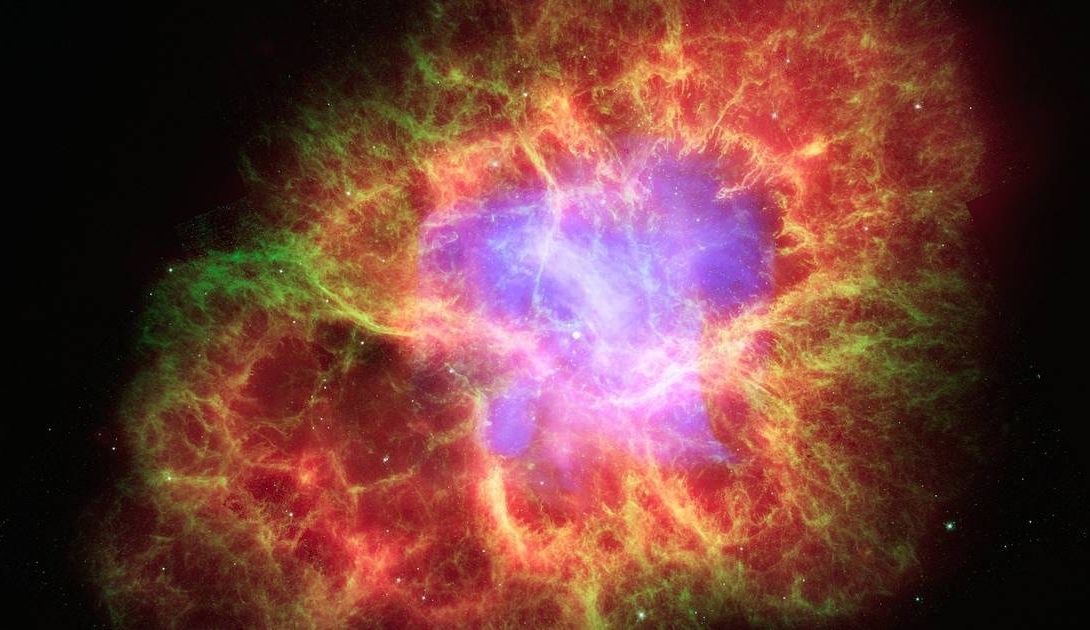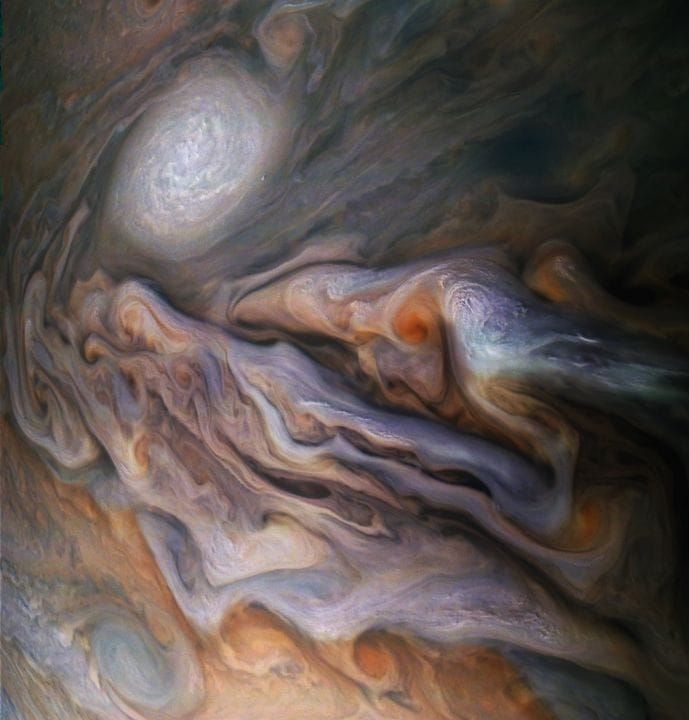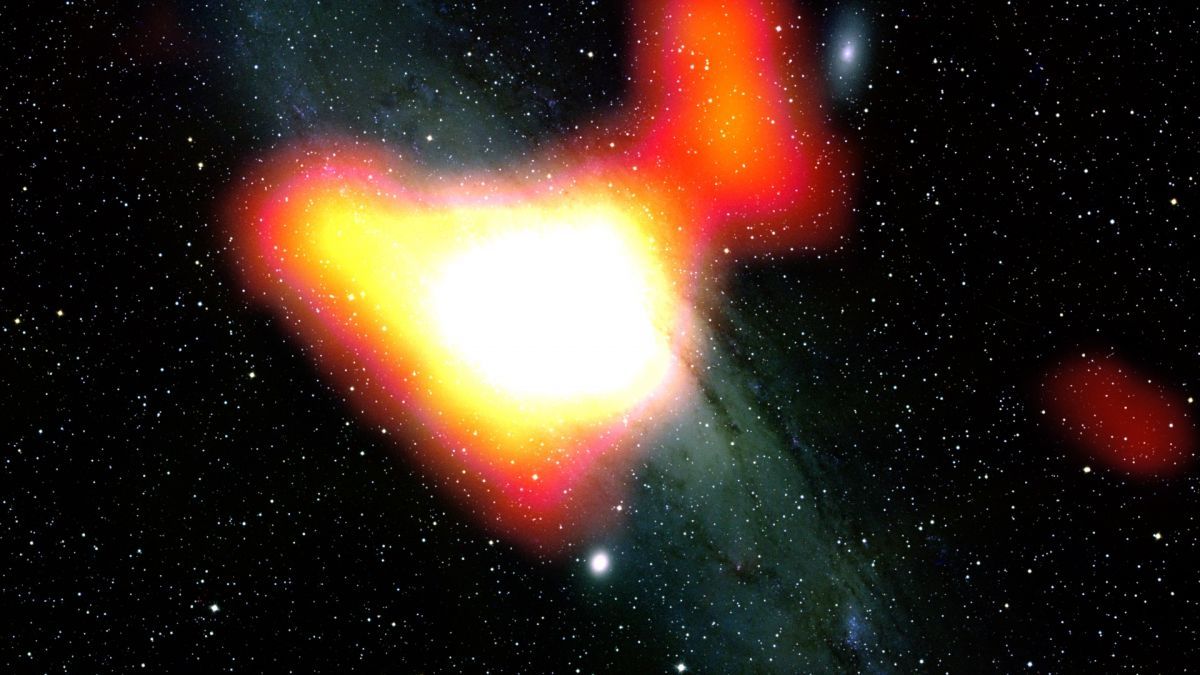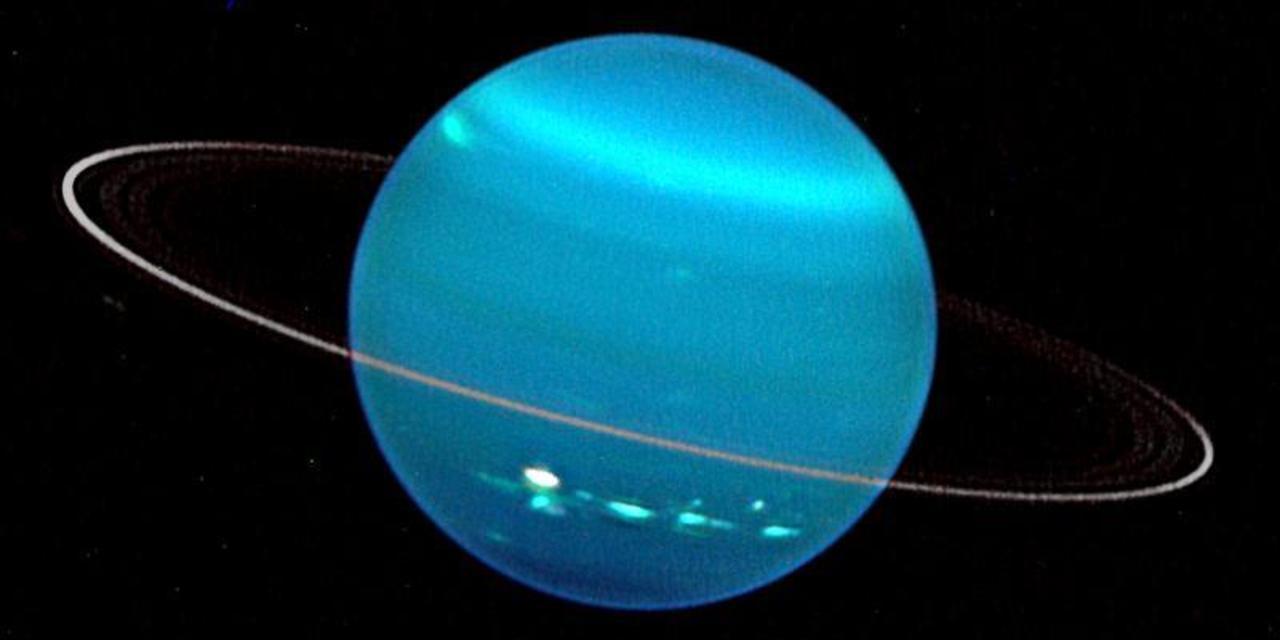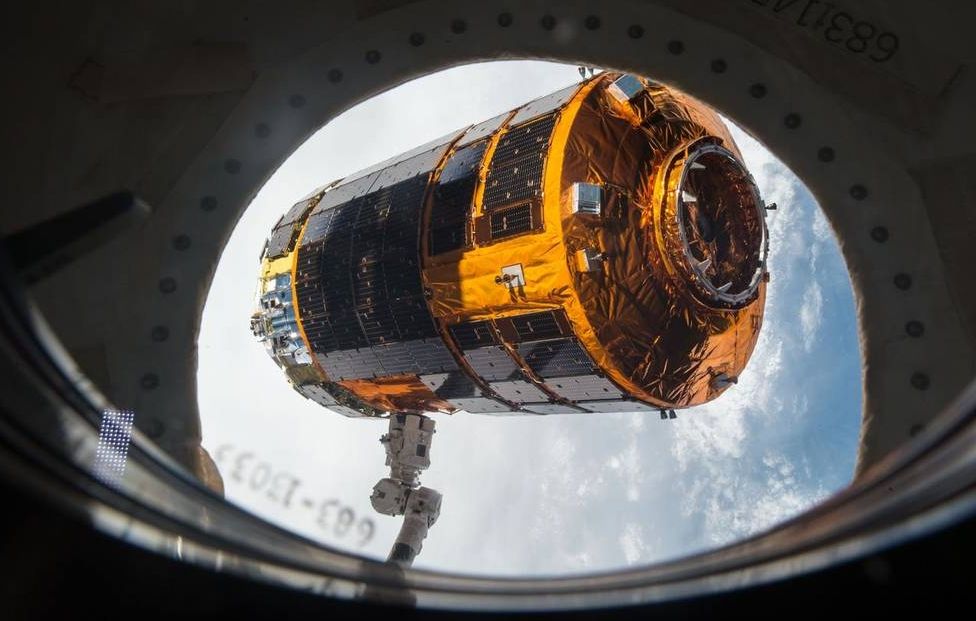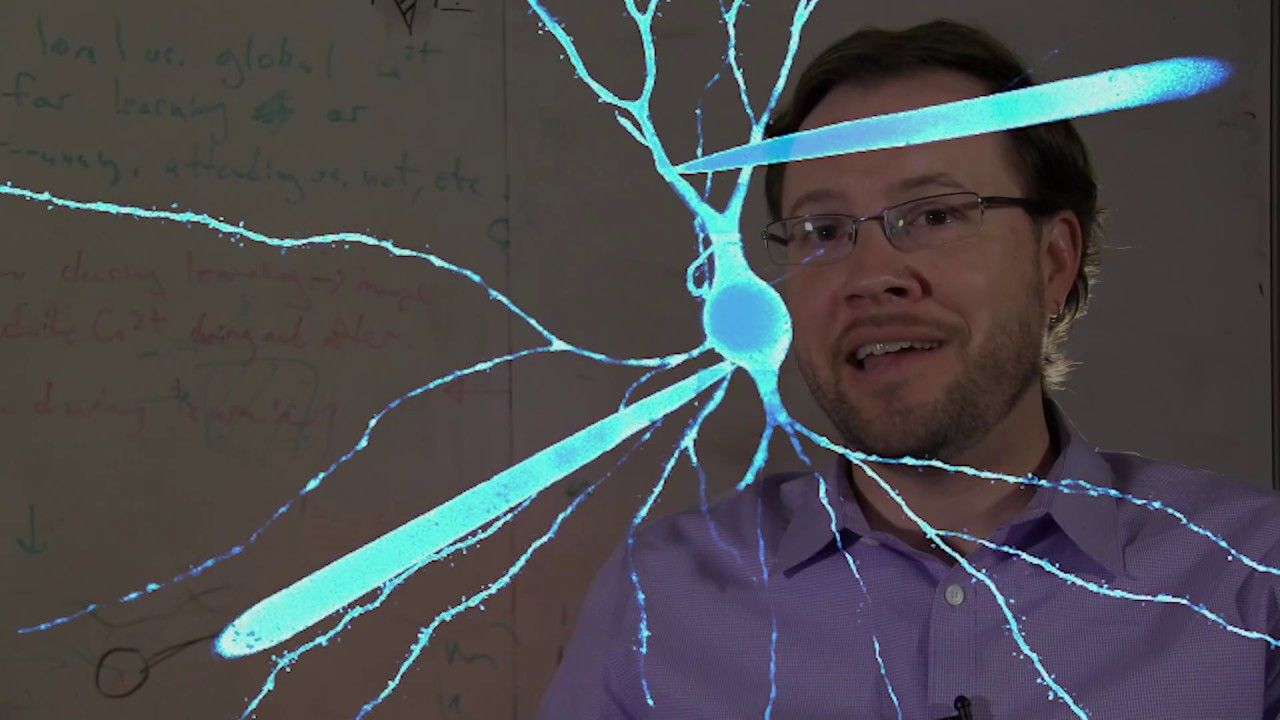Nov 11, 2018
Here’s a Close-Up Photo of the Swirling Clouds on Jupiter
Posted by Alberto Lao in category: space
Whoa.
NASA just released this new close-up photo of the swirling clouds found on Jupiter. It was captured by the Juno spacecraft on October 29th, 2018, during its 16th close flyby of the gas giant.
The clouds in the photo were seen in Jupiter’s North-North Temperate Belt (NNTB), one of the distinct cloud bands.
Continue reading “Here’s a Close-Up Photo of the Swirling Clouds on Jupiter” »

